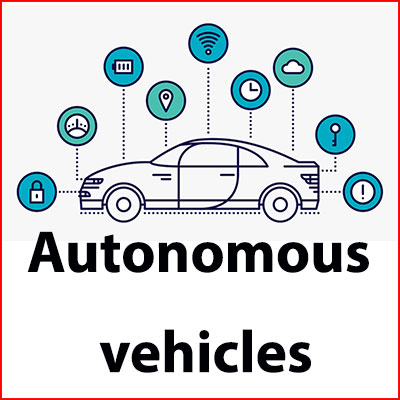Description
This course will explain the basics, theory, and operation of autonomous vehicles.
The importance of driverless cars in the future of smart cities is very clear. Researchers predict that by 2042, more than 90% of cars in the developed world will be driverless. These vehicles are moving automatically on the city map. You may be wondering what is the benefit of having self-driving cars on the city streets?
Suppose, you do not have a car in your home parking lot, and you order a driverless car from an app to get to the address you want. In this case, you do not have to worry about parking at the destination because the car will drop you off at the destination and pick up another passenger. You no longer have to worry about gasoline and oil changes, traffic fines, and other technical aspects of the car like windshield wipers. You get on and off at your destination. Because all the cars in the streets are self-driving cars, the chance of an accident is zero, and you do not have to worry about an accident while driving. You can also do your favorite things when you get in the car, as you no longer have to focus on driving. Read a book or attend a business meeting or make a phone or video call without any stress.
Because the number of private cars on the roads is close to zero, road traffic is greatly reduced, and less time is wasted in traffic. Now the price of cars in the family basket is a high percentage when other families do not need to buy a car, they can spend this money on their leisure or educational activities. You sleep well at night because you no longer have to worry about your car on the street or in the parking lot.
This may seem like a new idea to you, but some of the biggest companies in the world like Toyota are now dedicating part of their factory in Japan to building an all-smart city. This smart city is known as Woven City. Everything artificial intelligence technology that you have heard or not heard is being tested in a real city. All cars are driverless, and experts want to identify how humans use these technologies and their strengths and weaknesses.
If one day the idea was working in universities and research centers, they are now testing it in the real world, and many cities around the world are now using smart cars, but the level of intelligence is still low, and the driver still is driving the car.
Contents :
Number of accidents in the world
Introducing Waymo
Benefits of driverless cars
Defects of driverless cars
Barriers to using driverless cars
Driverless car deaths
Driverless taxis
Ongoing research on Tesla Autopilot, Waymo, Uber, Google, Delphi, Audi A8, and University of Michigan
Forecasts
Human-centered autonomous vehicle
Six levels of driving automation
Driving Tasks is Hard
Technologies for Autonomous Driving
Wide variety of electronic sensors
Levels of connectivity
Vision in the self-driving car
Camera
Radar
LIDARs and cameras for computer vision
Main characteristics of the most common sensors
Self-Driving Car Tasks
Why Mapping is Important?
Why Localization is Important?
Scene understanding in autonomous driving
Full-Scene Semantic Segmentation
Region Proposal-Based Method
Path Aggregation Network (PAN)
Masking-Based Method
Comparison of the Full-Scene Segmentation Algorithms
Movement Planning
Deep reinforcement learning
part 1:

Reviews
There are no reviews yet.